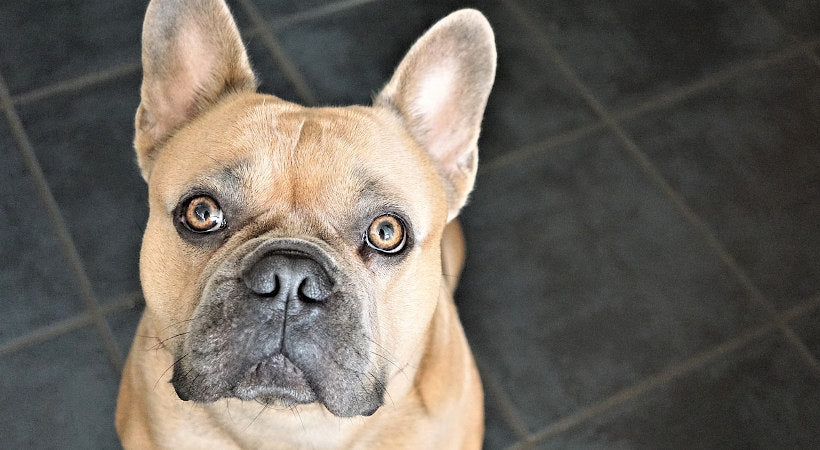Sit Down Dog Wheelchairs

Getting a Grip & Helping a Dog That Slips
There are countless reasons why your dog may be slipping across the floor. As dog’s age its very common for them to lose strength in their back legs or struggle to stand. But old age isn’t the only concern. There could be a very serious underlying condition causing your dog to slip. To help your dog, you need to find out what’s causing them to slip.
Understand Why Your Dog is Slipping
The first step is to determine why your dog is slipping. Is there an underlying injury or condition that is causing your dog to slip? What is causing them to lose traction on the floor? The problem may not be your flooring, your dog may have an underlying medical issue.
Conditions The Cause Your Dog to Slip
- Arthritis
- Disc or Spinal Issues
- Torn Cruciate Ligaments
- Hip or Elbow Dysplasia
- Cancer
- Degenerative Myelopathy
5 Ways to Help Your Pet Keep Their Grip
1. Visit Your Veterinarian
Older pets may slip for various reasons, but its important to understand what is causing your dogs mobility problems. It may be something more serious than just old age.
2. Canine Rehab
Rehabilitation can be vital to your pet’s health. Working with a rehab therapist can help increase your pet’s strength and stamina. Not sure if rehab is right for your pet? Speak with your Veterinarian to find out if rehab therapy is right for your dog.
3. Take Care of Your Dog's Feet

Keep nails trimmed. Hard nails can’t grip hard flooring and without proper traction your dog can slip. Long nails can make it difficult for your dog to bear their own weight or walk naturally. Keep the nails short and trim them regularly.
It’s also important to keep the hair between the toe pads trimmed. As the fur between the paw pads grow it can actually cover the paw, causing your pet to slip even more.
If you are uncomfortable trimming your dog's nails or fur on your own, schedule an appointment with a nearby groomer. Check your dog's feet regularly. Dry or cracked paw pads can be painful for your pet. Promote health paws by regularly moisturizes your dog's paws using a paw butter.
4. Block Off Unsafe or Slippery Areas
Any area that may be dangerous for your pet to safely navigate on their own, like stairs, should be blocked off with a gate. If your dog is at risk for slipping and falling on the stairs, keep your pet away from them.
5. Wear Pet Boots Inside
Choose a pet boot featuring a rubber sole that provides your pet with added traction. The rubber sole will help them to step across a slippery surface and prevent slip and fall accidents from occurring.
How to Help a Dog to Stand Up on a Slippery Floor

Often the first sign of mobility loss is seeing them struggle to stand up. Pushing up off the ground from a laying position takes leg strength. Dogs with hip pain or muscle loss in their hind end may lift off the ground slowly or have trouble getting their feet under them.
A rear support leash can easily slip up your dog’s legs while they’re laying down and help you give them the boost they need to stand up. Once standing, if you pet is still struggling to maintain their balance you can walk them right outside supporting them with the Up-N-Go leash.
Be Aware of Your Dog's Movements

Slipping across a hardwood floor or struggling to stand can be early warning signs of mobility loss. If you see signs that your pet is becoming weaker or struggling more often, they may need additional support to stay active.
A common misconception is that a dog must be paralyzed to benefit from a wheelchair. That simply isn’t true, a dog can continue to walk on all fours while using a wheelchair. Dog wheelchairs can help your pet to enjoy long walks, help them maintain their balance, give them added support on a “bad day” or reduce the weight place on aching joints.








